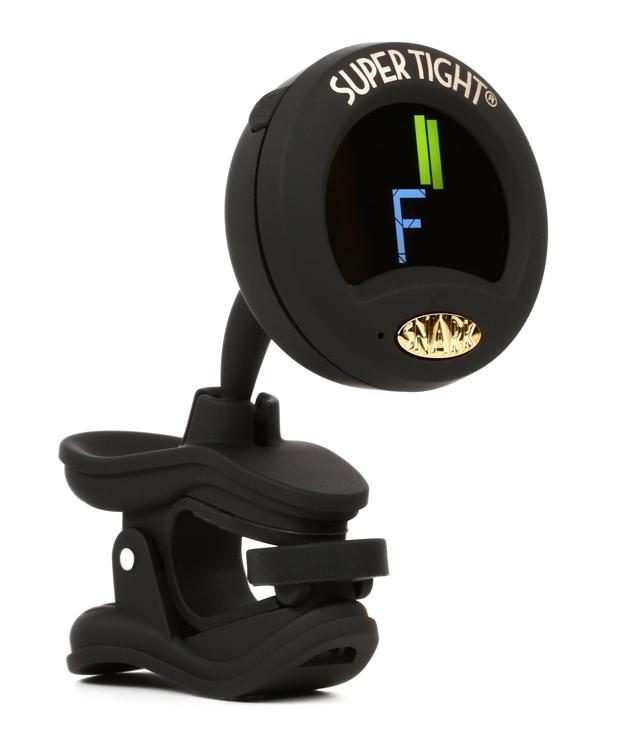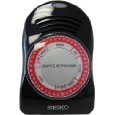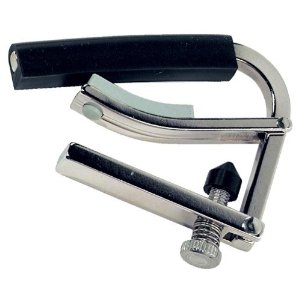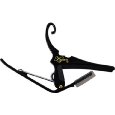If you have questions regarding a particular page in Sensible Guitar, please see the "supplemental material" at sensibleguitar.com.
What's on this page:
- A brief word about recommended accessories for all guitar students: tuners, metronomes and capos
- Links to some YouTube videos that address proper hand position, etc
- Note-reading exercises
- Transcriptions ("Tabs") of solos and other material I recommend learning
- Printable blank manuscript paper
- A few stories or quotes I've compilied ("Historical Perspectives"), related to some of my favorite music or guitarists
Recommended Accessories:
| Tuner: | |
 |
For beginning (and often intermediate to advanced) students, there just isn't much hope of getting your instrument in tune without the help of an electronic tuner. It's probably the single most important guitar accessory. If you don't have one, please make the investment at your next lesson. (I recommend a "chromatic" tuner. The one pictured here is the clip-on Snark tuner, a poular choice that's easy to use.) |
| Metronome: | |
 |
If you do not own a metronome, please consider purchasing something like the one pictured here from The Gig Center at your next lesson. (I like the Seiko SQ-50.) Of course, there are also metronomes available for your laptop, tablet, smartphone, etc. But I recommend a dedicated, battery-powered metronome. (I prefer ones that offer a nice hearty "click" rather than a "beep"...but a metronome app on your phone will do!) |
YouTube Links DISCLAIMER: YouTube and other websites are fantastic resources for guitarists. Students are encouraged to seek out advice or supplemental material. (I use online resources to re-enforce lesson material whenever practical.) However, please exercise caution and common sense. Useful, insightful information is available, but there's also lots of inaccurate posts and bad advice. Please consult directly with me if you have questions or concerns. I have included some links dealing specifically with form: proper hand position, how to hold a pick, etc. This is an area that often benefits from reinforcement beyond the scope of the lesson, and where bad advice can be especially detrimental. Please note that these recommendations are largely in line with my own, but do not necessarily represent the only possible way to play the guitar successfully. That said, following these guidelines will generally increase your chances of developing useful skills on the guitar. ~C.C. |
||||||||||||
|
Supplemental Note-reading Exercises Solo Transcriptions Come Together (Beatles; George Harrison's licks at the end of the song) All Along The Watchtower (Jimi Hendrix; intro solo) Statesboro Blues (The Allman Brothers Band; Dickey Betts solo) Franklin's Tower (Grateful Dead; Jerry Garcia intro solo) Thank You (Led Zeppelin; Jimmy Page Guitar Solo)
Manuscript & Tab Paper Historical Perspectives
|

